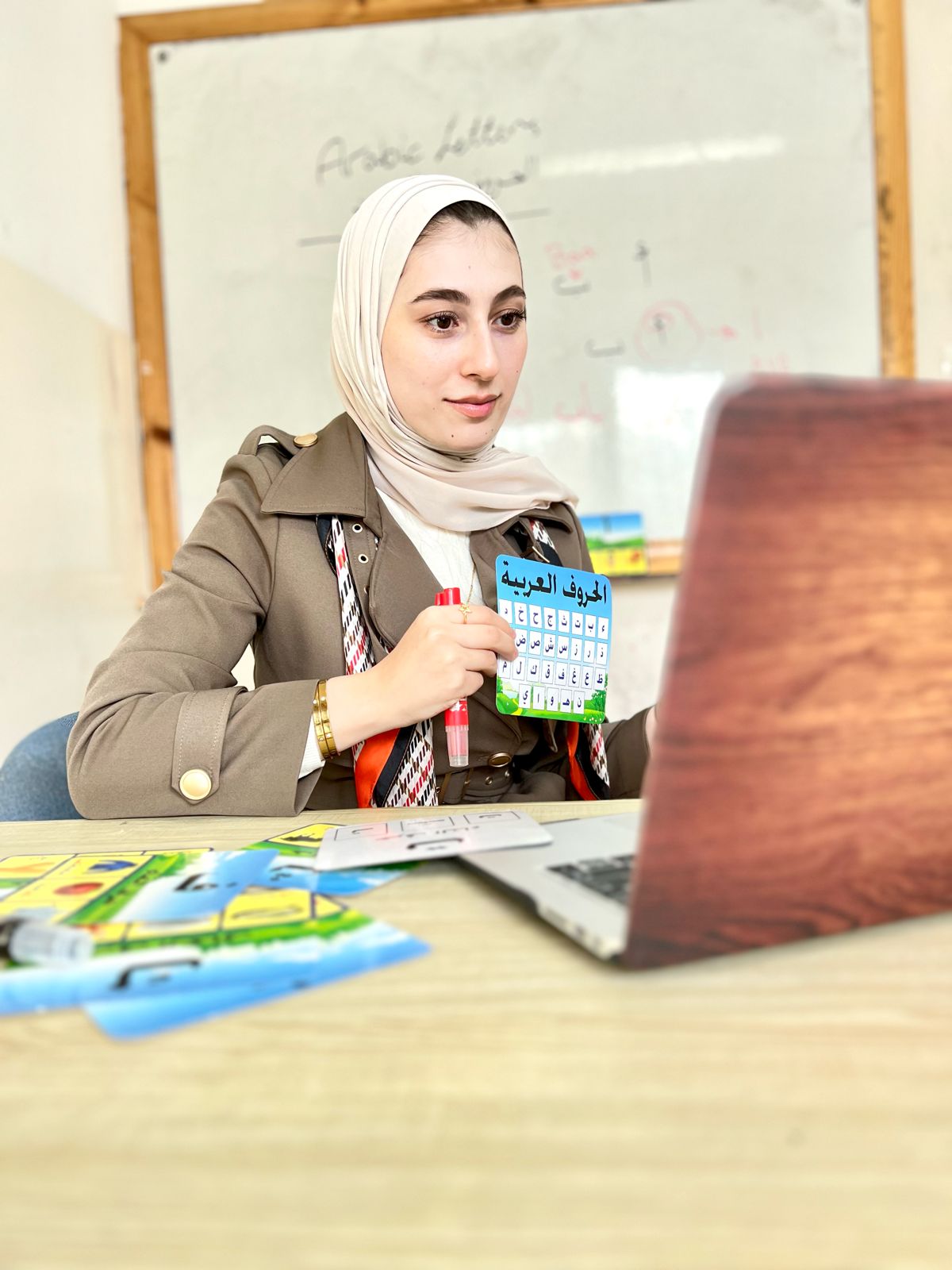Daily life in a Palestinian refugee camp in Palestine: Some 750,000 Palestinians were forced to flee and leave their homes in 1948 during Al-Nakba, Arabic word for the “Catastrophe,” during the violent creation of the state of Israel. Some of these Palestinians live in refugee camps, still after 70 years they aren’t allowed to return to their land and homes. They usually keep the keys of their homes hoping to return some day. These refugee camps are situated across Palestine, Jordan, Syria, and Lebanon. The living conditions of refugees are relatively good in Jordan, but not so great in Lebanon.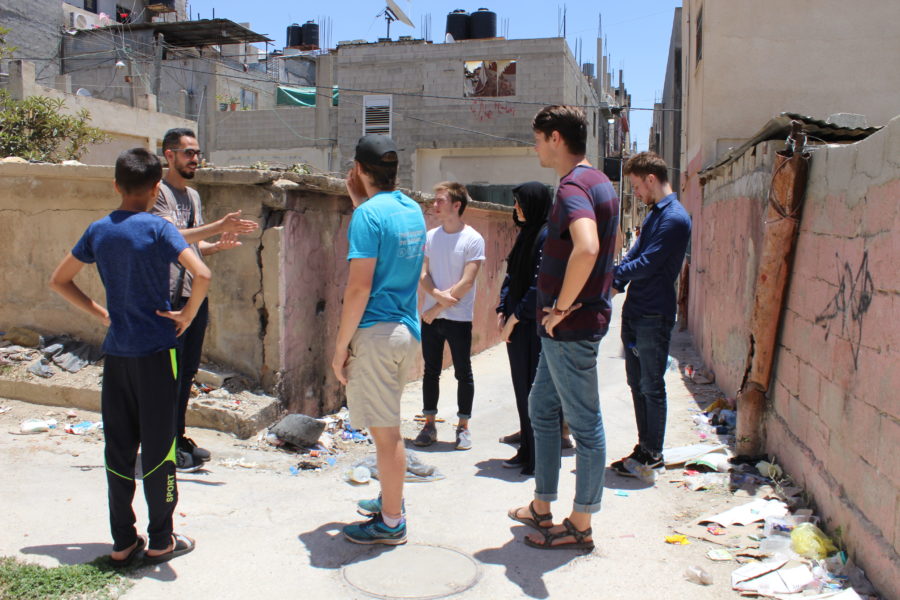
Excellence Center organised visits to refugee camps near Hebron, to Arroub camp, located between Hebron and Bethlehem, home to 9,850 people, and Fawwar camp, home to 9,500 people located in south of Hebron. These camps were established 1949, and, first the refugees lived in tents as they thought they would return to their homes very soon. However, as time passed and they weren’t allowed to return to their land, tents became concrete houses and these refugee camps now look like villages. There are schools and a clinic in both camps. However, in emergencies it is hard to get an ambulance to treat the patient due to delays at the camp entrance.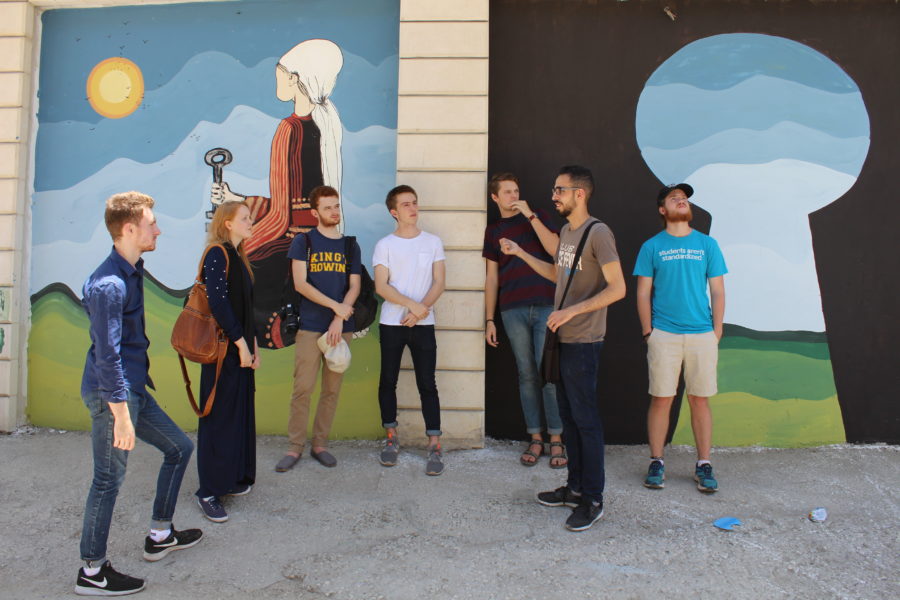
Living conditions in the camps have improved greatly during the last decades. Electricity, water and other basic needs are available for the most people in the camps. One resident thinks the situation will improve even more in the future, others are less optimistic. However, big problems remain as there are hardly any employment opportunities in the camps. Many people want to get out of the camp and move abroad to get better education. There are a couple of factories and it is possible to work in the schools as a teacher but apart from that there are very limited options in terms of work, and therefore, many people are unemployed. Sometimes there are also violence caused by the Israeli soldiers.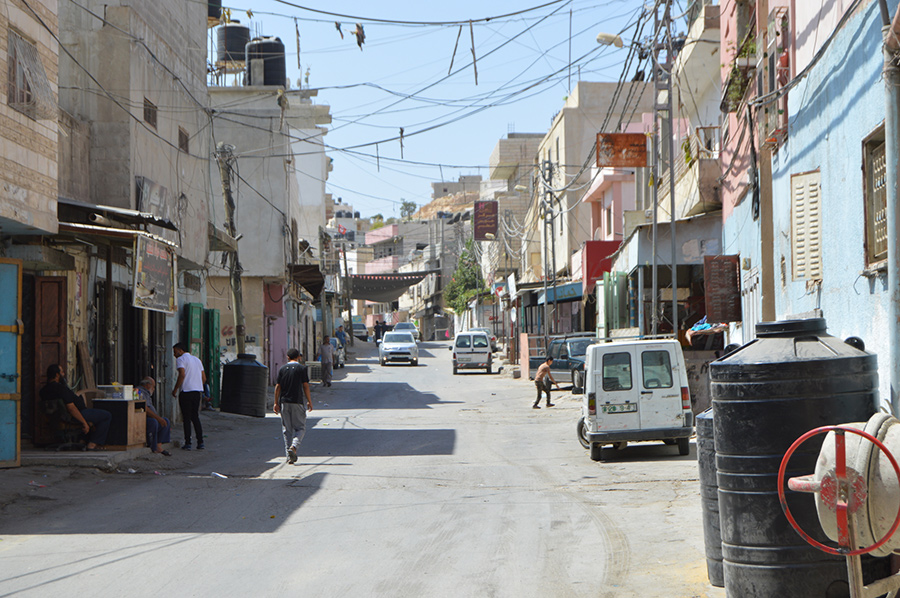
In very extreme cases camp residents have died. Additionally, poor people in the camps face more difficulties in their daily lives as they might live in tent-like conditions with very little space and food, altough UNRWA, the United Nations Relief and Work Agency, provides assistance for them. Overcrowding is a serious problem in everywhere in the camps as the populations of the camps are increasing rapidly and Israel forbids building new houses in certain areas. Even though there are schools where children can learn, there are hardly any places to play at apart from the narrow streets. In addition, they start smoking at early age, and there is no high school for boys in the Fawwar camp, so they need to seek education elsewhere.
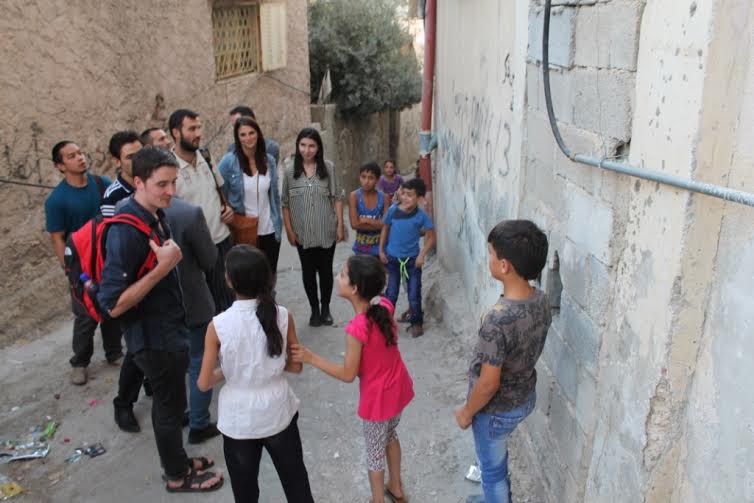
The people in the camps originate from villages around the Gaza strip, Be’er Sheva, Hebron, and so on. There are still people in the camps who were born before the creation of the state of Israel. A woman still remembers how she saw the sea in the rooftops of her home near Jaffa, close to the modern-day airport. Now, she resides in the Arroub camp and gave birth to 13 children. Her children, grandchildren and their descendants haven’t seen the sea or the family house in Jaffa.


